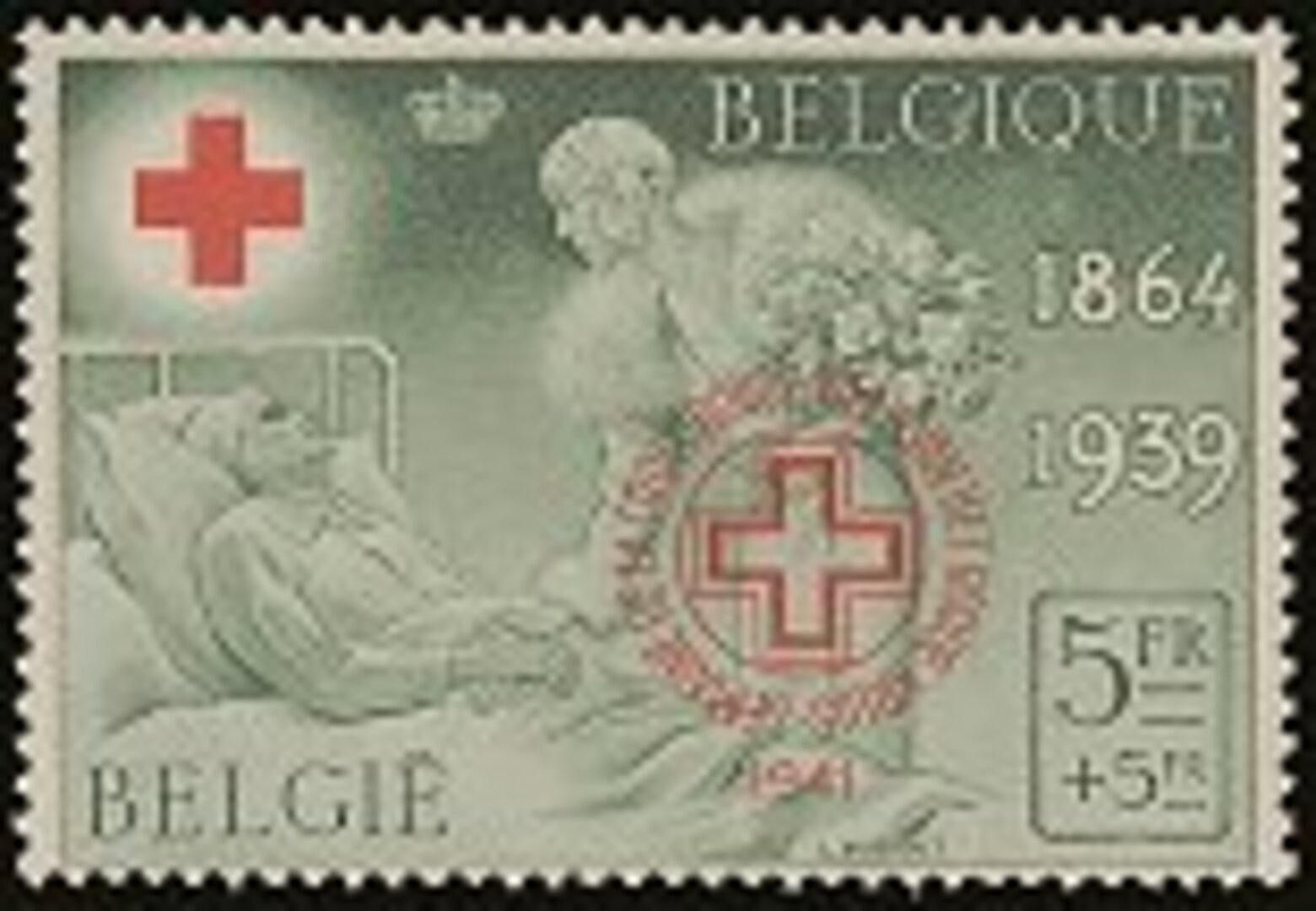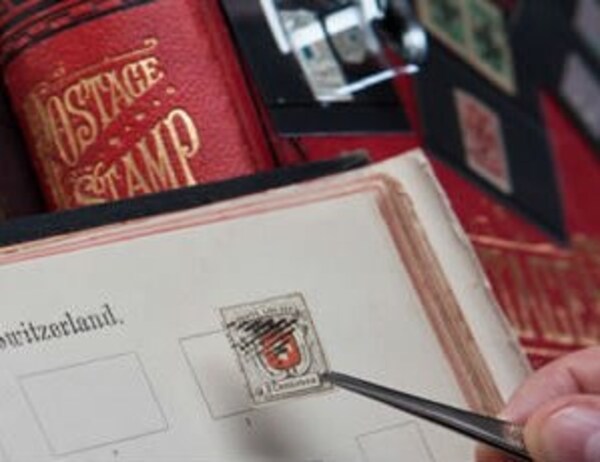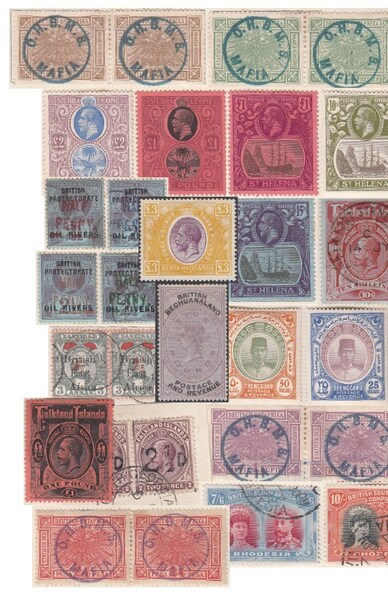The inclusion of the iconic Red Cross and Red Crescent symbols on postage stamps began during the First World War. Mail bearing these stamps raised funds for, highlighted the existence of and confirmed the importance of this prestigious, impartial, neutral and humanitarian organisation.
Perhaps many collectors of this topic are unaware of the first albeit tenuous meeting of the Red Cross and philately. Jean-Henry Dunant was moved to form the Red Cross after witnessing horrendous suffering in the aftermath of the battle of Solferino in 1859. On the same killing ground, at the same time, a new colour was named from the mixture of blood and uniform fabric. Just 11 years later a Greek 40L Hermes Head stamp was printed in the same shade and the Greek “Solferino” is one of Europes great rarities.
Philately has encouraged and contributed to circulating information relating to the work of the ICRC. Stamps and covers have been sent to destinations throughout the world thus ensuring that even the most remote locations are reminded of the organisation’s involvement in world affairs. Virtually every country has offered support by issuing stamps with these two symbols prominently displayed. Such stamps have often been issued with an additional surcharge, a charitable contribution paid to the ICRC.
This is an organisation that currently generates annual revenue around £2.5 billion and has 12,500 staff and many volunteers working throughout the world; philately more than any other hobby has played its part in supporting it.
Just browsing any world catalogue confirms the diverse range of stamps that almost without exception every country has issued (perhaps only the Scouting movement can match it). The earliest issues include the French 1914 “Widow and Orphan” and the 1918 Red Cross Fund “Sinking of the ‘Charles Rous’ Hospital Ship and Bombed Hospital issues”. There are also many beautifully artistic commemoratives including those issued by Finland, particularly during the 1920’s and 30’s. Further examples include the “Lamp of Life” Chilean 1944 issue and the Australian Commemorative issue dated 1953.
Interestingly, one famous GB 1963 3d stamp issued as part of a set of three values to celebrate the 100th Anniversary of the foundation of the ICRC merits particular mention. Nearly 172 million of the 3d stamps were issued. The series also appeared in many Commonwealth countries. Whilst the intention was to include the symbol, the Red Cross is quite simply missing - creating a rare and dramatic error. Only a few examples have been discovered over the following 5 decades. This was not a unique experience. Earlier, in 1931 the USA issued a 2 cents Carmine and Black stamp to commemorate the 50th Anniversary of the founding of the Red Cross Society of America – again the emblem is missing and examples command a high price.
From a Collector’s perspective a number of opportunities arise. Specialising in collecting just Red Cross and Crescent stamps is one option. It allows for a collector to buy stamps from every corner of the globe – enjoying the wide array of designs & styles – yet exercise some restraint within a defined topic. Others might be tempted to collect covers and correspondence sent during time of war and conflict together with the legendary food parcels and relief aid that includes helping refugees and re-uniting displaced and homeless people with their families.
It is possibly beyond the scope of this article to provide a detailed history of the ICRC, suffice to say that it was founded in 1863 at the behest of the Swiss entrepreneur and philanthropist, Monsieur Jean-Henry Dunant based on what he identified as a lack of any form of neutral and independent nursing or medical care for wounded military personnel in time of war. The organisation continues to be based in Switzerland and derives the famous emblem from the Swiss national flag. It has its headquarters in Geneva. A meeting was held in that city in 1864 with twelve attending member countries whose representatives signed the first Geneva Convention with common aims that included providing humanitarian medical aid. Because of religious connotations, the Ottoman Empire decided to adopt the Red Crescent during the 1876-78 war between Turkey and Russia.
The ICRC developed rapidly during the 20th Century and adapted to the changing global conditions including the devastation caused by two World Wars, with neutrality, independence and international recognition ensuring that generations of prisoners of war have received mail and been able to communicate using the ICRC as a conduit.
It leaves us collectors a rich legacy of stamps & postal history, from that 1870 40L “Solferino” to the 2013 sets issued by Lithuania and Jersey for the Red Cross 150th anniversary.


 General
General
 General
General
 General
General